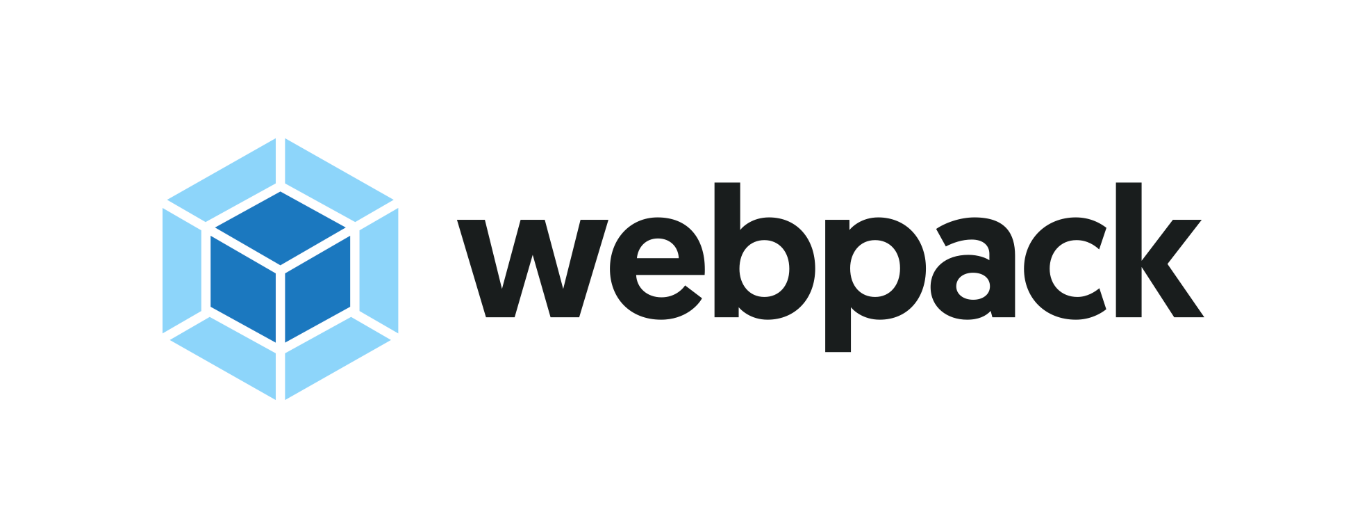
A nice commit migrating away from AMD Modules to ECMAScript modules recently landed in the jQuery repo. Once published as a new release, you’ll be able to actually import $ using the modern ES module syntax: import $ from "jquery"; $('#message').text('Hi from jQuery!'); Handy if you’re modernizing a legacy project that still uses jQuery. 💡 …
Continue reading “jQuery, now using ECMAScript module syntax”
